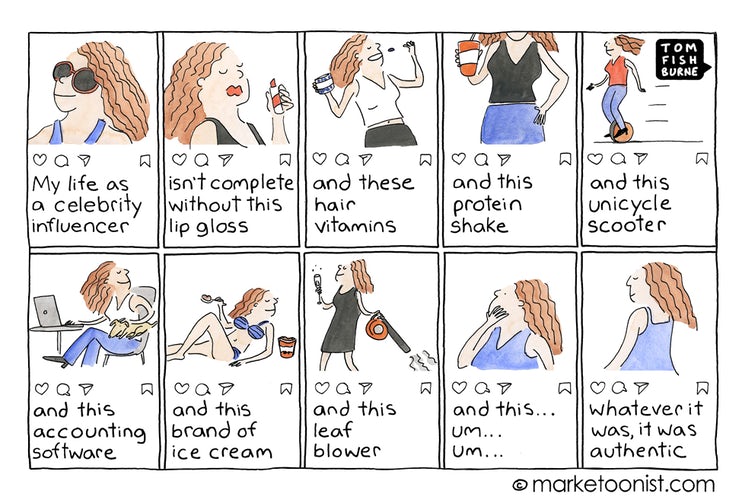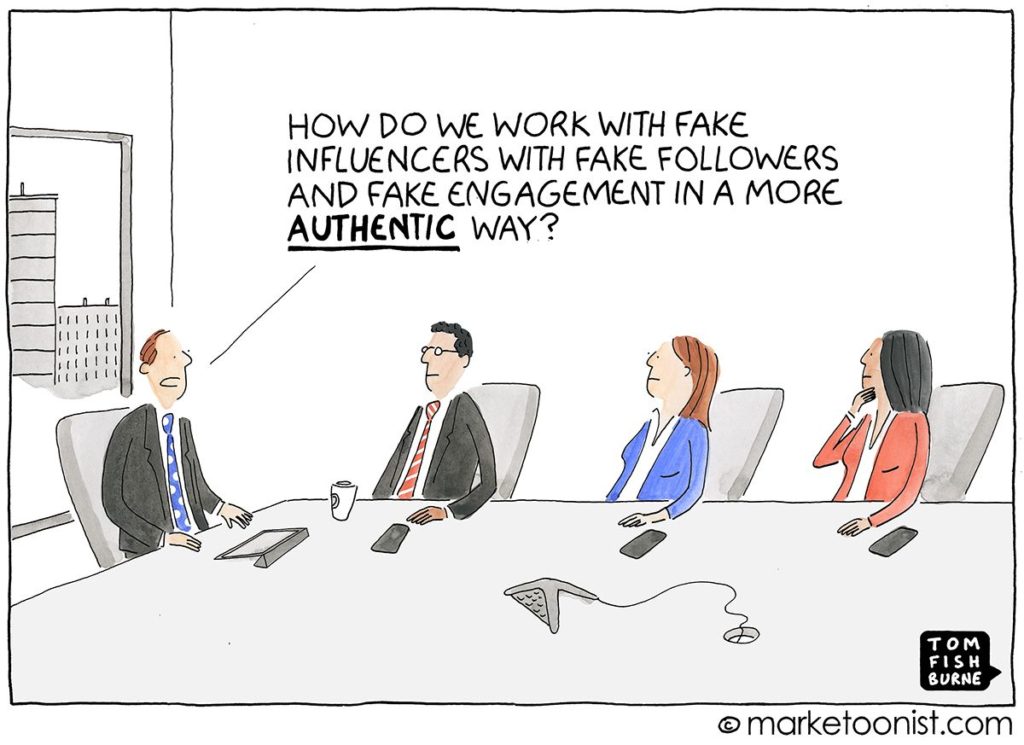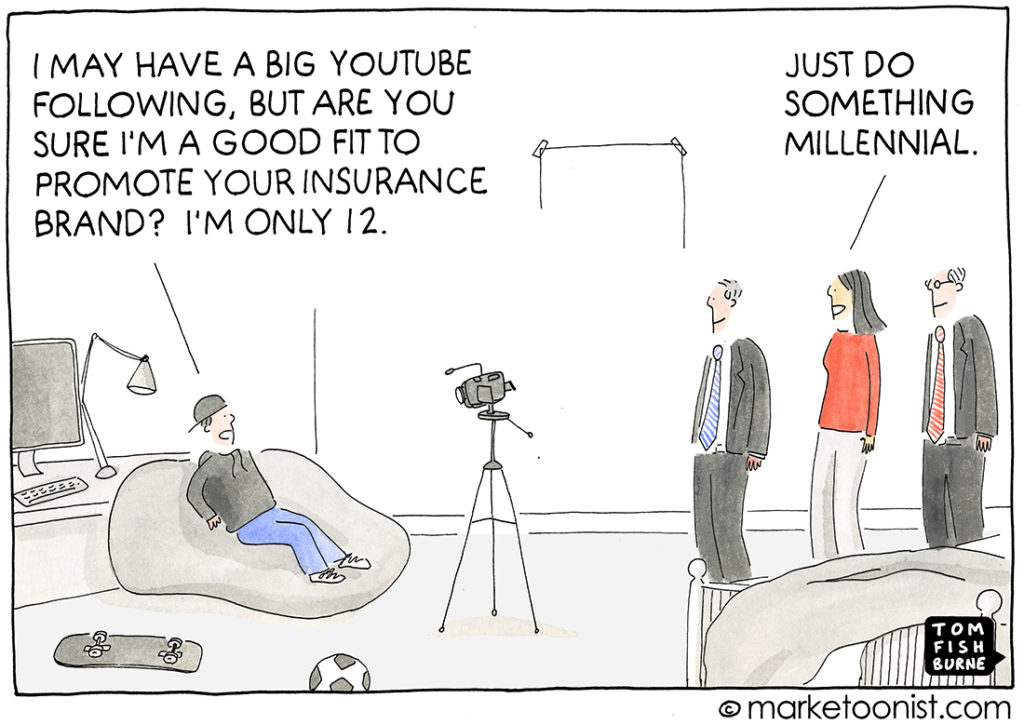You slowly open one eye. What time is it? Ten minutes before your alarm goes off. Perfect! You can either sleep for ten more minutes or check your phone before it’s time to wake up. You contemplate for no more than twelve seconds and reach for your phone. You open Instagram and start scrolling. A photo of your cousin’s new dog, a quick story of a latte posted by your co-worker from three years ago, a meme about working from home, and recipes you’ll never muster the energy to try out. And of course, #Sponsored content from the one or two influencers you can actually stand to follow.

If you’re feeling disengaged and uninterested in influencer content on social media, you’re not alone. A recent research report from Bazaarvoice shared that 47% of consumers feel that influencer content is often too repetitive and are fatigued by influencer content in general. In fact, influencer marketing faced a steep decline during the peak of the Pandemic. Typically accounting for 35% of content on Instagram, influencer marketing dropped to capturing 4% of content on Instagram in April of 2020 according to a report from Ion. Marketing strategists claim that this decline is a result of a decrease in product-centered interactions and purchasing as result of the Pandemic, and a lack of interest in product conversations as well as an overall distrust in brands during tumultuous times. Specifically when it comes to celebrity influencers, only 3% of consumers shared that they are often influenced to purchase specific products according to a Collective Bias survey.

Authenticity is a word that is often considered antithetical to influencer marketing. If someone is being paid to share a product, how authentic can his or her viewpoint really be? Over two-thirds of consumers have purchased a product shared by an influencer they follow and over 30% say that they use social media to research products before purchasing. The numbers are there; but brands must find a way to overcome influencer fatigue and support influencers to create authentic conversations.

Here are 3 ways to do that:
- Great Things Come in Small Packages
Consumers are feeling more distrustful of mega-influencers, but are still trusting in smaller influencers. Using a group of smaller influencers rather than one or two mega-influencers can save you money, as well as engage audiences in a more authentic way. Smaller influencers often have a closer connection to their followers, a tighter community and a better grasp on what their audience likes and does not like. Many smaller influencers are part of a particular niche, as a way to create their own brand and gain followers, and can often cater to a more specific demographic with their branded content. Brands can strategically reach a more willing group of consumers and speak directly to them through micro and small-scale content influencers, often resulting in higher ROI.
2. Partnerships are a Two-Way Street
Brands are absolute experts when it comes to the products they sell, however, not necessarily experts on their audience. Influencers, on the other hand, are experts at knowing what their audience likes. Treat influencers as strategy advisors and equal partners when creating sponsored content strategy. Ask them who their audience is, guide them to create personas, and share the likes and dislikes of their community. The best way to engage authentically is to really understand whom you are engaging with.

3. Keep it Real
It’s clear that the overly manicured, perfectly cohesive aesthetic feeds are getting less attention than influencers who are posting about their ‘real lives’. Especially Gen Z and younger Millennials feel more trusting and connected to influencers who post their authentic selves. Find influencers who show their actual life, not just the highlight reel, to increase authenticity within your brand image. Encourage your influencer community to share branded content that is real, not overly edited or staged. Influencers using products in their natural habitat connect more with consumers who are strapped for cash and stuck at home rather than aspirational and unattainable content. When in doubt, keep it real.
References:
Barker, Shane (2020). “85 Influencer Marketing Statistics that Will Surprise You in 2020”. ShaneBarker. Source.
BaazarVoice Research, 2018. Source.
Chan, Joei (2020). “Are We Done With Influencers?” Linkfluence. Source.
Nova, Ammar (2020). “Raw and real: A New Era for Influencer Marketing”. LS:N: The Future Laboratory. Source.
Lai, Steven. “Over Two-Thirds of Consumers Have Purchased a Product Following an Influencer’s Endorsement”. Ion: Influencer Orchestration Network. Source.
Lai, Steven. “Branded Influencer Posts Decline During COVID-19”. Ion: Influencer Orchestration Network. Source.
Images:
Boardman, Samantha. Positive Prescriptions. Source.
Fishburne, Tom. Marktoonist. Source.

9 Responses to Authenticity and the Influencer: The Ultimate Paradox